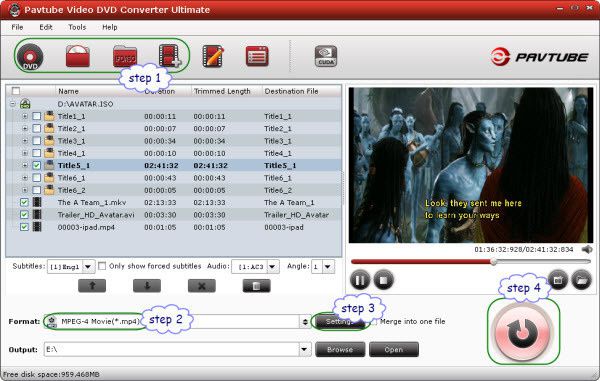

2020 and DisplayPort: DisplayID Resolution "Ultra HD" was selected by the Consumer Electronics Association after extensive consumer research, as the term has also been established with the introduction of " Ultra HD Blu-ray". In the consumer electronics market companies had previously only used the term 4K at the 2012 CES but that had changed to "Ultra HD" during CES 2013. In Japan, 8K UHDTV will be known as Super Hi-Vision since Hi-Vision was the term used in Japan for HDTV. Ultra-high-definition television is also known as Ultra HD, UHD, UHDTV and 4K. 6 Field trials of UHDTV over DTT networks.2.2 Color space, dynamic range, frame rate and resolution/aliasing.The "UHD Alliance", an industry consortium of content creators, distributors, and hardware manufacturers, announced during a Consumer Electronics Show (CES) 2016 press conference its "Ultra HD Premium" specification, which defines resolution, bit depth, color gamut, high dynamic range (HDR) performance required for Ultra HD (UHDTV) content and displays to carry their Ultra HD Premium logo. From just 30 in Q3 2015, the forum published a list up to 55 commercial services available around the world offering 4K resolution. In 2015, the Ultra HD Forum was created to bring together the end-to-end video production ecosystem to ensure interoperability and produce industry guidelines so that adoption of ultra-high-definition television could accelerate. The Consumer Electronics Association announced on October 17, 2012, that "Ultra High Definition", or "Ultra HD", would be used for displays that have an aspect ratio of 16:9 or wider and at least one digital input capable of carrying and presenting native video at a minimum resolution of 3840 × 2160. It is a digital television (DTV) standard, and the successor to high-definition television (HDTV), which in turn was the successor to standard-definition television (SDTV). These were first proposed by NHK Science & Technology Research Laboratories and later defined and approved by the International Telecommunication Union (ITU). Ultra-high-definition television (also known as Ultra HD television, Ultra HD, UHDTV, UHD and Super Hi-Vision) today includes 4K UHD and 8K UHD, which are two digital video formats with an aspect ratio of 16:9. Both Rec. 2020 and Rec. 709 use Illuminant D65 for the white point.

709 (HDTV) color space in the inner triangle. 2020 (UHDTV) color space in the outer triangle and Rec. Diagram of the CIE 1931 color space that shows the Rec.


 0 kommentar(er)
0 kommentar(er)
